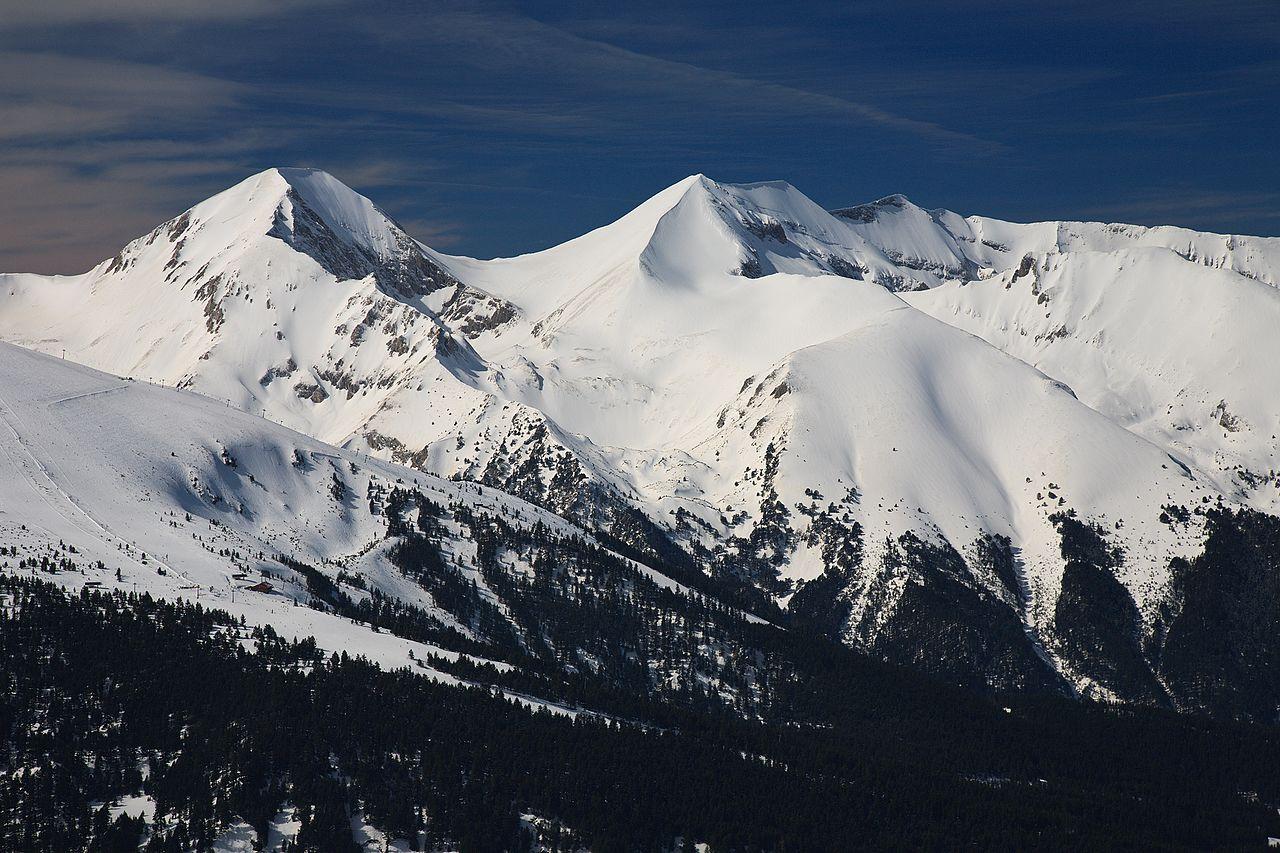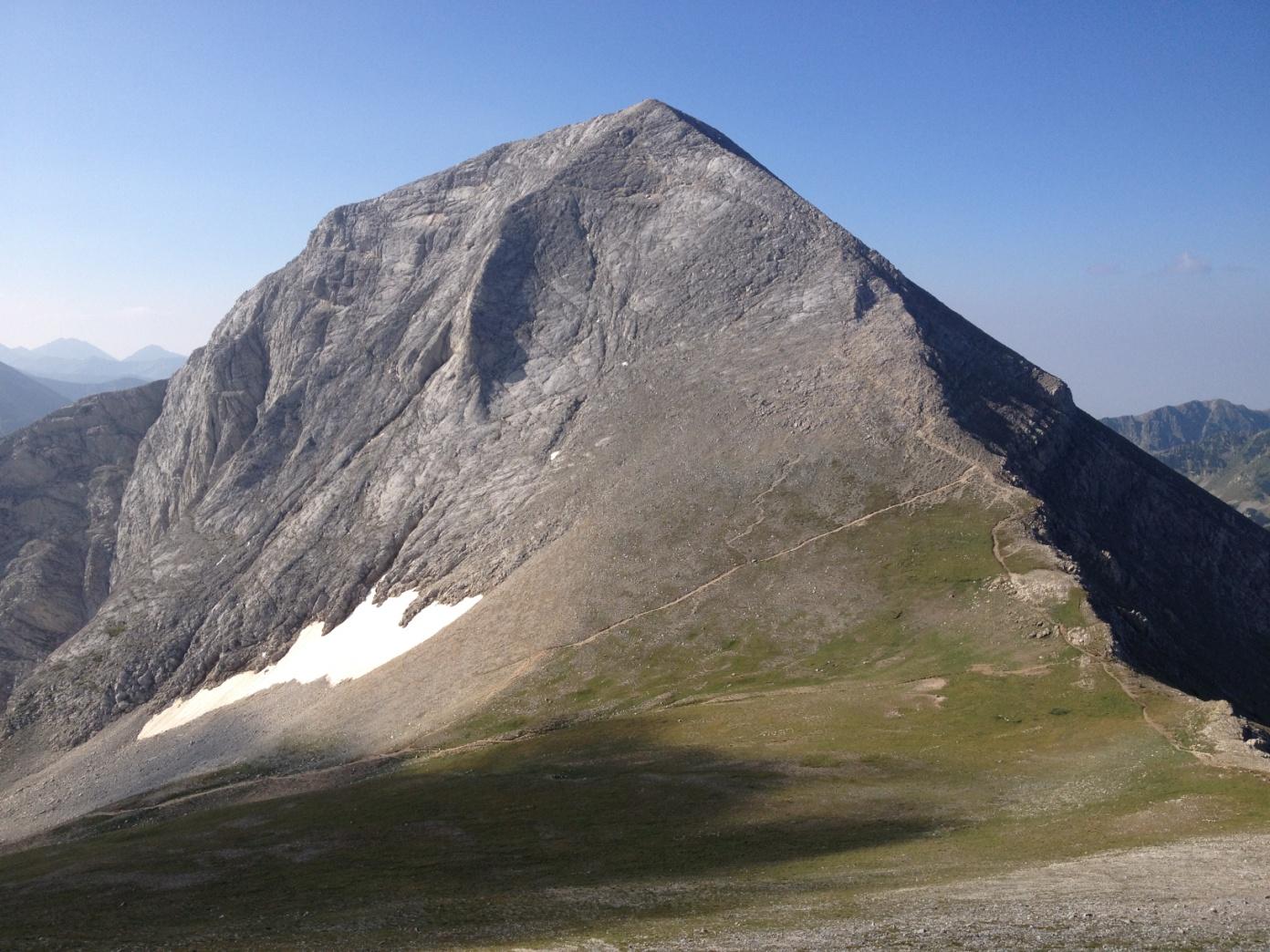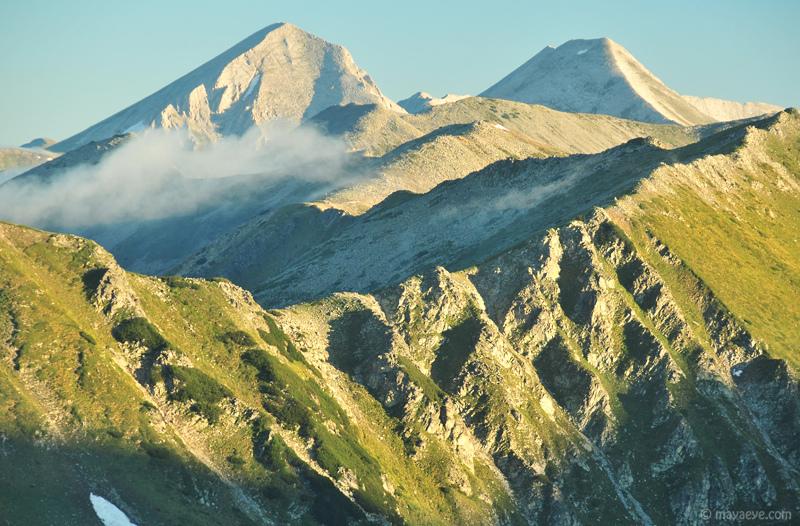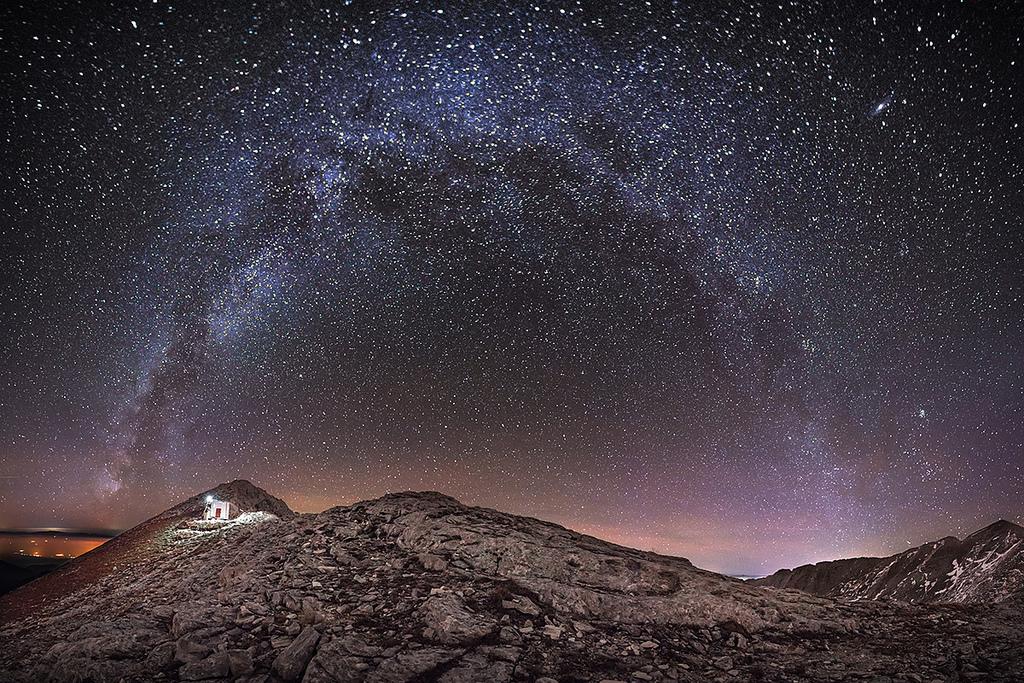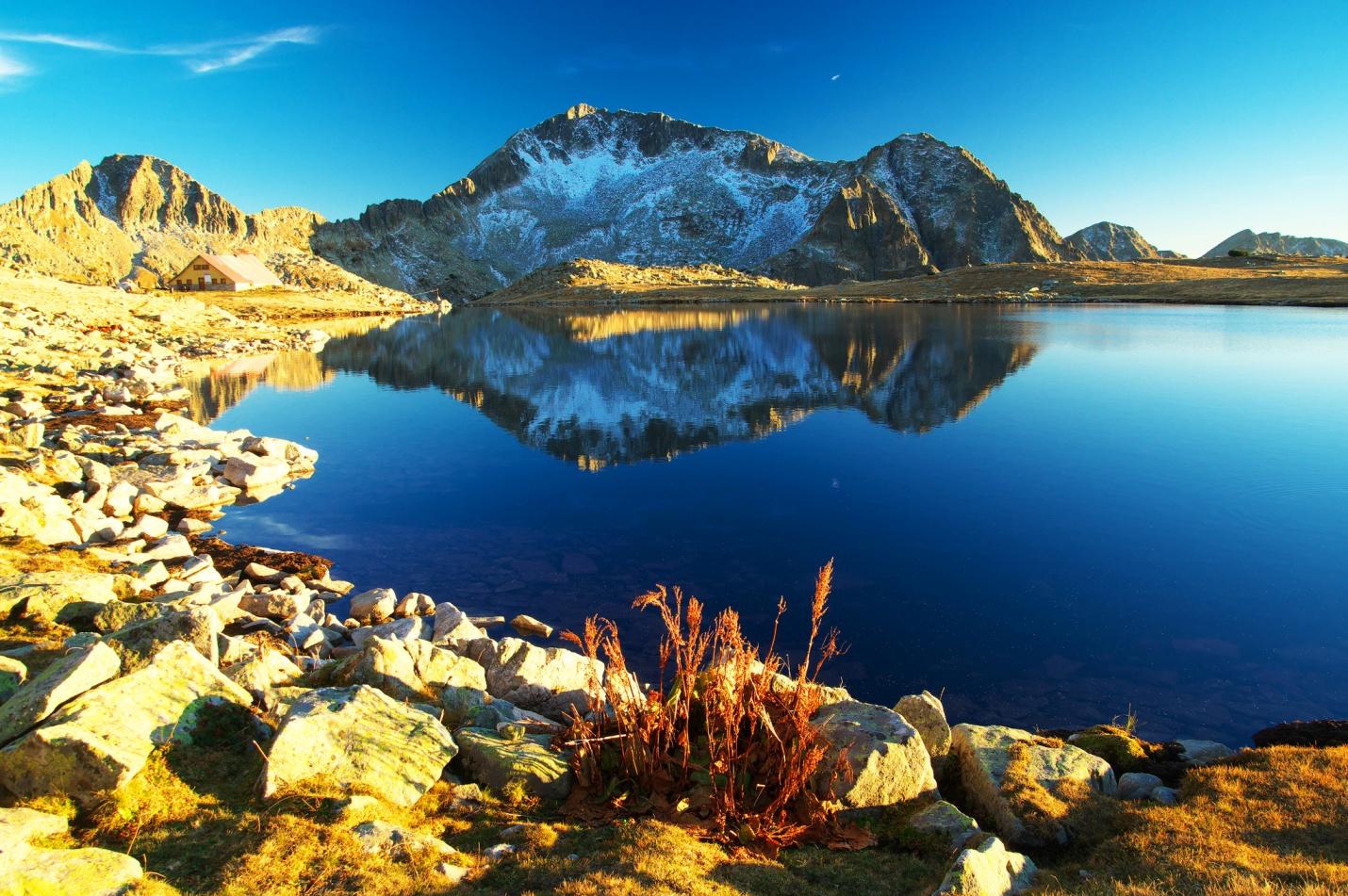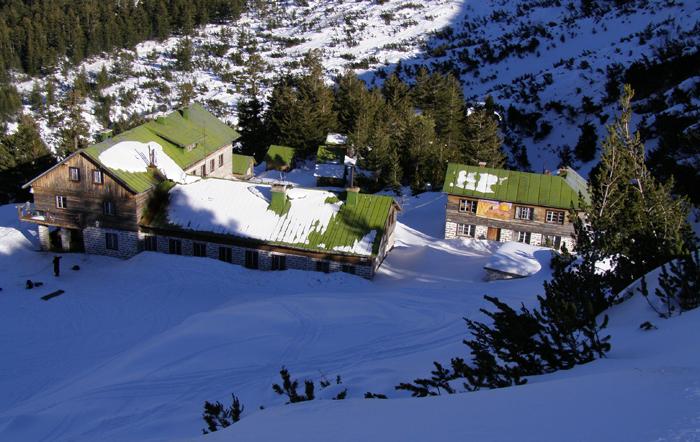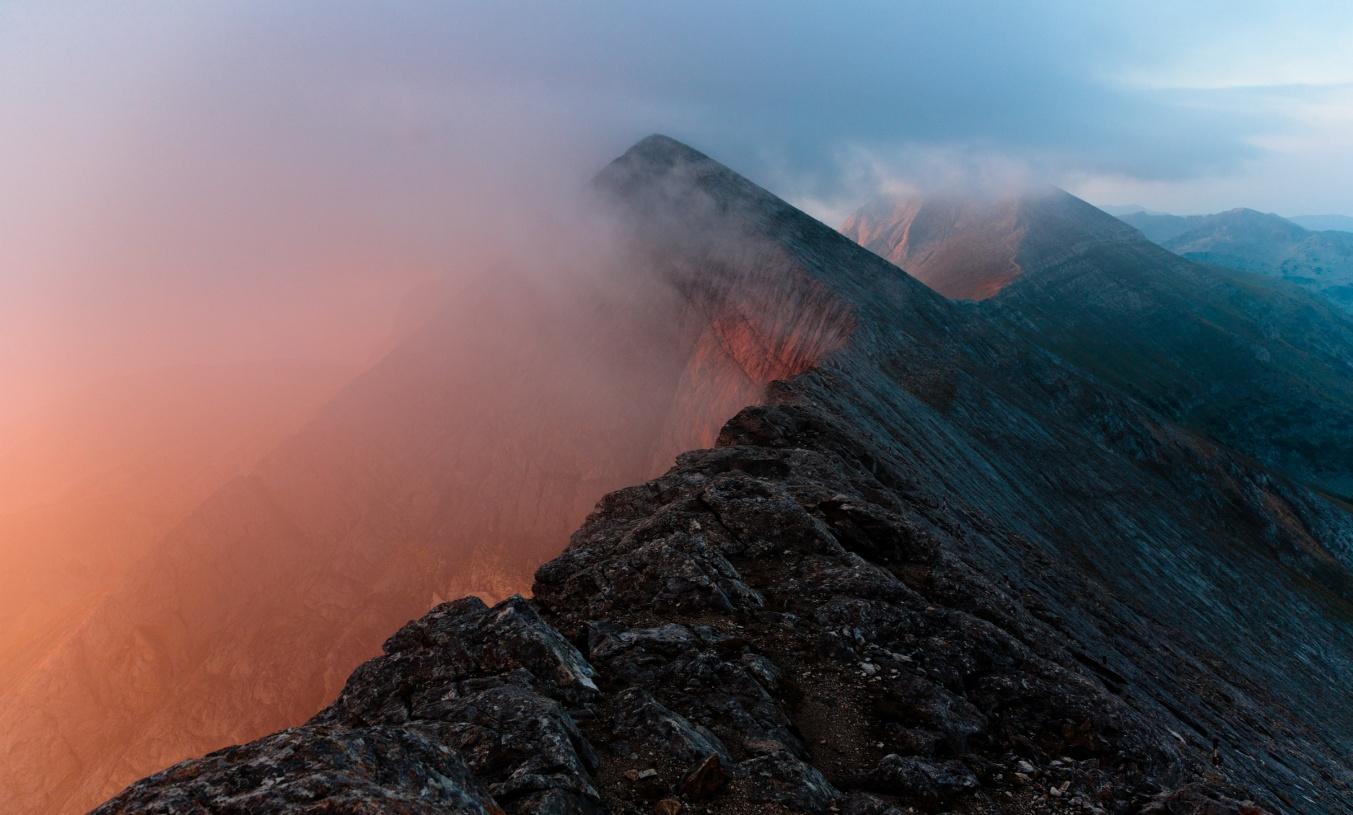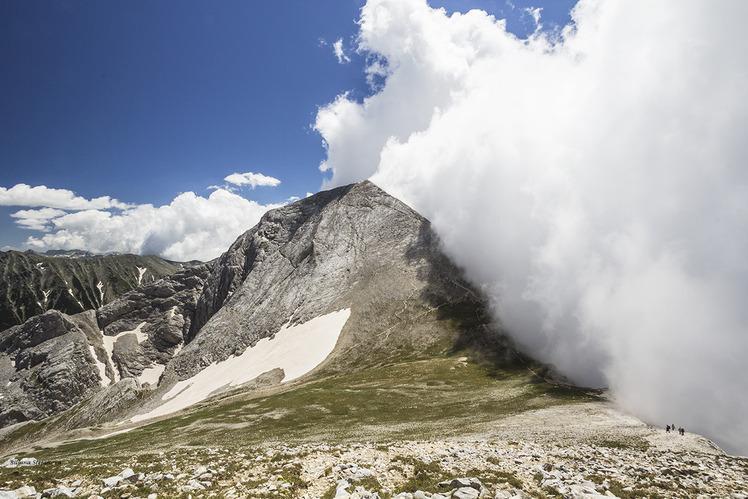Peak Vihren – The Pearl in the Crown of Bansko Resort, Bulgaria
The mountains are calling, and the destination is Bulgaria!
Although not the biggest national park in the country, Pirin National Park is the most widely preferred hiking destination around. The reasons have to do with its diverse terrain, picturesque steep hills, crystal clear glacial lakes, dramatic mountain peaks… And – of course – the incredible feeling of climbing the highest peak in the Pirin mountains.
Today, we’re taking you on a hike to peak Vihren – the highest point of Pirin and the second-highest summit in Bulgaria.
Geographical Location of the Summit
Situated at an altitude of 2,914 m above sea level, peak Vihren is not accidentally called the pearl of Bansko. It is located in the northern part of Pirin and, more precisely, on the main ridge between Hvoynati peak and Kutelo peak, between the rivers Vlahinska and Banderitsa. It is one of the most impressive tourist destinations in Bulgaria and the Pirin mountain.
Vihren is second in height after Musala on the territory of Bulgaria and third on the Balkan Peninsula after Mytikas in Olympus in Greece, whose height is 2,917 m.
You’ll appreciate the route and everything surrounding it if you’re a fan of mountain adventures, challenging itineraries, and breathtaking views. As you climb, you will see much of the adjacent parts of Pirin and the majestic Rila Mountains, with Musala peak in the north.
When you reach the highest point of the summit, you will enjoy magnificent views of marvelous majesty.
Your panoramic view will include:
- Kutelo Peak (2,908 m);
- Banski Suhodol Peak (2,884 m);
- Strazhite;
- The deep circuses of the Kazani, located in the northern part of Vihren;
- The picturesque Sinanitsa Peak (2,516 m);
- Bashliiski Peak (2,683 m);
- Banderishki chukar (2,732 m);
- Polejan Peak (2,851 m);
- Malak Polejan Peak (2,822 m);
- Kamenitsa (2,882 m);
- Jangal (2,730 m);
- Todorka Peak (2,746 m).
A scenic sight of stony slopes, coniferous trees, and azure skies will be in the palm of your hand, and it will be a picture you’ll remember for a lifetime.
Geographical Characteristics of Vihren
The slopes of Vihren peak are made up of marble rocks – the rocky foothills don’t have any vegetation and do not hold any water. For this reason, there are no rivers and lakes in the region. As a result, the peak looks snow-white from afar, even in summer, when the actual winter snow melts.
The Vihren peak is connected with the Kutelo and Muratov peaks, of which Kutelo is the third highest peak in Bulgaria. The nearest lakes that lie near the Vihren peak are the Banderitsa and the south-west Vlahini lakes, which reveal magnificent views.
There’s a ridge connecting Vihren with Banski Suhodol and Kutelo. This ridge reaches up to 2,800 m above sea level and is also entirely made of marble. The Kabata saddle separates Vihren peak and Hvoynati peak, from where a beautiful view of Vlahini Lakes is revealed.
Some say that you can even see the Aegean Sea when you set foot on the Vihren peak in clear weather. Although that’s more a myth than a fact, Vihren offers excellent visibility for observing rare astrological phenomena in summer.
A curious fact is that the difference in the altitude between the town of Bansko and the Pirin Mountains is 2,000 meters. There is a great displacement, and the ascent is rather challenging, given the relatively short distance. With its impressive height and impressive peaks, Vihren creates strong contrast with the significantly lower slopes of the southern side of Rila National Park opposite it.
When we look at the peak from Bansko, the top resembles a truncated pyramid, and when we look at it from the south, it looks like a four-pillar pyramid, which is characteristic of its property.
It has a different look from different directions – east, west, north, and south.
Flora and Fauna Around the Vihren Peak
At first glance, the peak looks poor in vegetation, just like a bare rock. In fact, the Vihren flora is not very rich and consists mainly of lichens and grass.
Anyway, you can walk by some rare and magnificent plant species on different routes through the slopes. These include yellow Pirin poppies, spring gentian, sky blue forget-me-not, and the famous edelweiss.
The exquisite and very rare edelweiss flower can be seen growing on the rocky edge of the Dzhamdzievi rocks and at the Koncheto ridge. Dzhamdzievi rocks’ edges are located near the two circuses – The Great and Little Kazan – in the northeastern foothills at the top.
Unlike the flora, the fauna around the summit can be considered more diversified.
At Vihren Peak, you can stumble upon the following animal species:
- Wild goats, mainly living at the foot of the Giant Kazan circus;
- Small rodents;
- Various species of birds;
- Mountain crows, ravens, and griffon vultures.
You can pass by the same species around The Great and the Little Kazanare. Their names literally mean “cauldrons”. Locals refer to them this way because their shape resembles a deep vessel and steam often comes out of them as if they were boiling cauldrons.
The little Kazanis located at 2,200 m altitude, and its bottom is overgrown with greenery. On the other hand, the Great Kazan is at 2,400 m in height and has a rocky bottom containing debris from Kutelo and Vihren.
The Legends, Surrounding Mount Vihren
The mystics of the beautiful mountains have always done their trick on the interest and imagination of people. And before your hike starts, you’d probably want to hear some of the most exciting legends left by our ancestors.
The Peak of the Storms
One of the curious facts about Mount Vihren is that until 1942, it was called Eltepe, which means “the peak of the storms”. This name derives from the legend according to which the peak of Vihren was the throne of god Perun – a Slavic thunderer.
Local people felt the awe of him and called the peak Eltepe. And Pirin Mountain takes the name of the Slavic Supreme God. The root of this name derives from the Thracian word “perintus” and the Hittite word “perunash“.
The name Eltepe is given on a small shelter at the foot of Vihren. It was built to study the permanent glacier next to Vihren.
Todorka and Her Lake Eyes
Vihren is also associated with local beliefs. About peak Todorka, for example, there are two fascinating legends.
According to the first legend, the bold Bulgarian Todorka, a defender of the Sitan fortress, fought with the Turkish invaders to the last of her strength. She preferred to die instead of accepting their faith.
In this legend, the name of Murat Bay is mentioned; peak Muratov has been named after him. As the Turks chased her, Todorka climbed to the top, rising above the fortress, and jumped from it.
And in the second legend, the ordinary girl named Todorka wanted to marry her beloved Vasilis (Vasilaky), but her father did not allow it. So, she escaped from her native home, climbed to the top, and began to cry. Her tears flowed down the slope and formed the lakes Todorini eyes (also called Todorini tears).
Her beloved Vasil did search for her everywhere, in vain. Finally, he reached Vasilashki chukar peak and, in despair, threw himself into the lake below, which is part of the Vasilashki Lakes.
The Lost Lamb, The Sky God, and The Rebel
There is another peak in the Vihren region whose name is related to the legend – Djangal or Djengal (2,730 m). It is located between Mount Momini dvori and the Jangalska porta. The word “jangal” means a sheep that has lost its lamb.
Jengal is also the name of a deity related to the cult of god Perun – the divinity of the sky, the storms, the rain, and the oak trees. Finally, it’s another word for haidutin – a leader of a band fighting against repressions in the region.
As your lungs fill with air and your imagination fills with daydreams, Pirin’s course will lead you further and further away from the ordinary. Because hikes around here are not merely sports. Instead, they are a trip to unexplored heights and unexpected depths of your own fantasy.
How to Climb Vihren Peak?
The trip to Vihren starts from the two Banderitsa and Vihren mountain hostels located in the valley of the Banderitsa river, four hours from Bansko. The resort town is about 18 km away from the Vihren hut, and the trail leaving from Bansko has a yellow marking.
Hut Vihren and hut Banderitsa can also be reached by the Bansko lift, which takes 30 minutes to 1 hour. The path to the top passes first through Banderitsa mountain hostel, and after about 30 minutes of walking as the trail continues, it reaches Vihren.
The mountain hostels can also be reached by an asphalt road, saving time for climbing. You can also use the regular bus line between Bansko and Vihren hut.
The Trail From Banderitsa Hut
You can reach Vihren peak from the Banderitsa mountain hostel for 2-3 hours. On your way to the slope, this trail passes through a coniferous forest with green markings. Once again – the location is about 18 km away from Bansko.
The trail gradually becomes steeper, passes through the cirques Great and Little Kazan, and reaches the Premka saddle between the peaks of Kutelo and Vihren.
The Path From Vihren Hut
The shortest way to get to Vihren is from the Vihren mountain hostel, with climbing for beginner mountaineers lasting an average of 3 hours, and if you take longer breaks – probably around 4 hours.
If you leave the Vihren mountain hostel on the classical route to the top, you will need 2 or 3 hours again. There are two trails marked with red markings. The first trail passes the Kabata saddle and the Vlahini lakes to the southwest, from where you can reach Vihren peak.
The direction of the second path is from the Kazanite, which is connected to the path from the Banderitsa mountain hostel.
If you need an extra tip – keep your eyes open on the way down from Vihren hut to Bansko resort. On your left side, you will see the Baikousheva mura – a 1300-year-old white fir tree that’s a symbolic landmark of the region.
The Marked Path From Yavorov Hut
From the Yavorov mountain hostel, you can also get to Pirin’s highest peak. It is located about 4 hours from Razlog and offers an exciting transition, but it takes more time – about 7 hours.
It passes through the northern marble ridge of Pirin, climbing the peaks of Razlozhki Suhodol (2,728 m), Bayuvi dupki (2,820 m), Kutelo, Kamenitsa, and Banski Suhodol (2,884 m).
Adventure Trails for Extra Adrenaline
Another route to the top goes along the edge of the Dzhamdzhievi rocks and is suitable for truly advanced mountaineers with solid experience, professional equipment, and good physical training.
It is recommended to make the passage in clear weather and without much wind because the terrain is rocky; it has steep slopes and precipices. Djamdjievi rocks are a border between the Banderitsa valley and the Kazanite. They are the way down through the Kabatasaddle.
Those looking for rock adventures should visit the Koncheto saddle near Vihren between Kutelo and Banski Suhodol. Its passage offers a superb experience for the seekers of strong sensations. The saddle is secured with a metal rope, which facilitates the passage of its rim.
The name comes from how it is passed, as it resembles horse riding. A shelter is built near it in case the weather gets worse mid-hike.
Is the Transition to Peak Vihren Dangerous?
For the first time, Vihren was conquered by two Bavarians – Dr. Heinrich Auer and Bernard Most in 1934. They managed to climb Vihren’s 450-foot tall north wall.
Climbing Vihren Peak can be challenging because the trip is characterized by slippery rocks and steep cliffs, especially on its north face. Anyway, it is not an unbeatable challenge for most people, as long as you’re well-equipped and at least averagely physically prepared.
The road from the Kabata saddle to the top is the most difficult to climb, and in some places, the slope is 45 degrees. Since the marble rocks of Vihren peak are slippery, it is good to equip yourself with appropriate climbing shoes. Professional mountain shoes are generally recommended, as the trail is steep and strongly stony. As a matter of fact, this same route is widely preferred by mountain goats, and that’s not a coincidence.
In the Kazanite near the Vihren trail area, there is snow almost all year round. So, you better bring a warm jacket and don’t underestimate the weather conditions, even if you’ve decided to visit the peak during the summer months. The average minimum temperature is between -25° and -21° C, and the highest is between 15° and 23° С.
In this line of thought, the most recommended season to climb Vihren is the summer – from early June to mid-September. Then the day is longer, and the weather conditions are more favorable. On the other hand, the snow cover at the top reaches 3 m during winter, and a visit is not recommended as it could be really dangerous if you lack experience.
If you choose the right path and bring your food and water bottles, you’ll be capable of reaching the top safely. Anyway, if you have any doubts, you better take the hike with a professional mountain guide.
Where to Stay Comfortably to Climb Peak Vihren?
The easiest way to climb Vihren is from the Vihren mountain hostel (1,950 m). The other route to reach Vihren starts from the Royal Route. You can also get to the top from the Kazanite side, but this path requires better equipment, especially for the last section of the hike.
Anyway, there are way more accessible places to stay before you even reach the Vihren hut. If you plan to take advantage of the direct lift connection to Bansko, the resort town will be your top choice for exemplary hospitality.
In addition, many good hotels in Bansko will offer a free mountain guide for visitors who’ve decided to conquer Vihren peak. After all, the summit is a part of the Conqueror of the Top 10 Mountain highest peaks initiative – and you can now step on top safely and confidently.
What Else Can You Do Around This Area?
The Pearl of Bansko is included among the “100 National tourist sites” of the Bulgarian Tourist Union. The good news is that there are plenty of tourist sites from the same list in this region of Bulgaria.
Some natural and cultural landmarks you can pay a visit to include:
- The Baikusheva fir tree mentioned above;
- The south-west Vlahini lakes and the Greater Vlahino lake;
- The Todorini Lakes;
- The Eye and the Muratovo lakes;
- Kutelo peak;
- Banderishka meadow;
- The Revival architecture house-monuments in Bansko;
- The Nameless City, etc.
In winter, you can take your time to enjoy the ski runs of Bansko, that host multiple sports championships and entertainment events.
